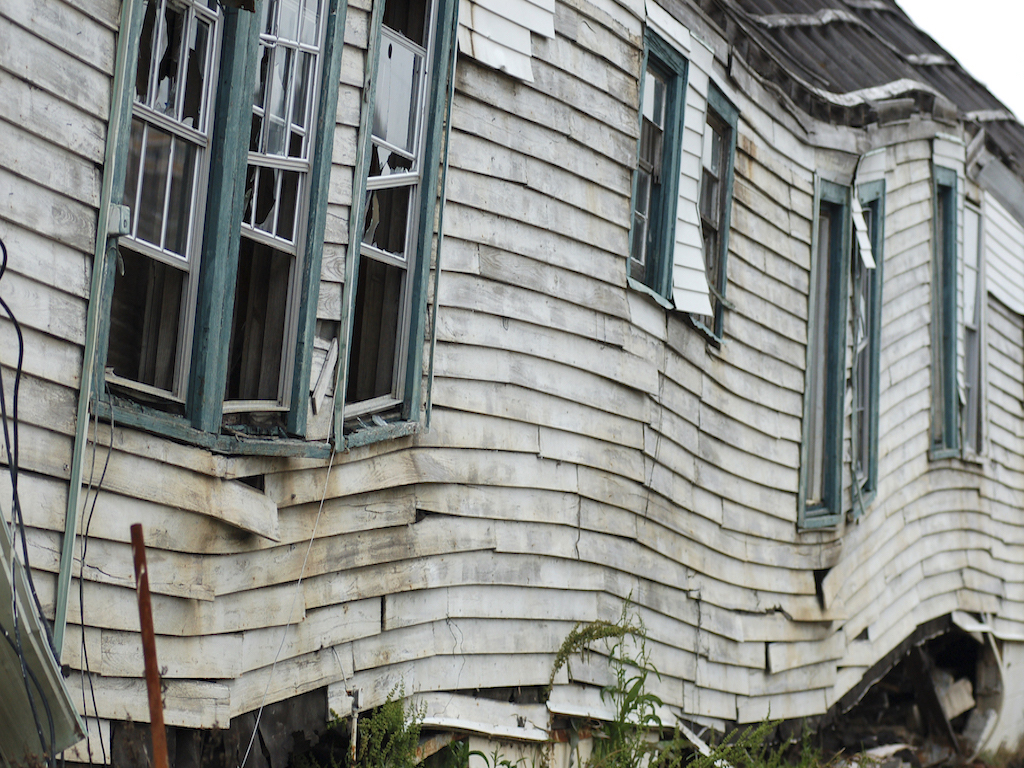Are you prepared? It’s Fall and named storms and hurricanes can still come roaring up from the tropics. Advance preparation for strong winds, rain and flooding is critical.
The last thing you want to be doing this year is calling me to assess a mold situation at your property. I am still doing work with New York Rising to assess and repair damage caused by flooding to properties after Super Storm Sandy. Aside from the health risks directly caused by the storm, I am meeting with families who are barely coping with the anxiety and stress caused by navigating insurance companies, government agencies and unscrupulous abatement contractors. Do everything you can to avoid getting into the same situation!
Be prepared, be sensible and stay safe.
Below is the list of basic preparations suggested by Ready.gov:
- Know where to go. If you are ordered to evacuate, know the local hurricane evacuation route(s) to take and have a plan for where you can stay. Contact your local emergency management agency for more information.
- Put together a disaster supply kit, including a flashlight, batteries, cash, first aid supplies, and copies of your critical information if you need to evacuate.
- If you are not in an area that is advised to evacuate and you decide to stay in your home, plan for adequate supplies in case you lose power and water for several days and you are not able to leave due to flooding or blocked roads.
- Make a family emergency communication plan.
- Many communities have text or email alerting systems for emergency notifications. To find out what alerts are available in your area, search the Internet with your town, city, or county name and the word “alerts.”
And this is what they recommend to prepare your home:
- Hurricane winds can cause trees and branches to fall, so before hurricane season trim or remove damaged trees and limbs to keep you and your property safe.
- Secure loose rain gutters and downspouts and clear any clogged areas or debris to prevent water damage to your property.
- Reduce property damage by retrofitting to secure and reinforce the roof, windows and doors, including the garage doors.
- Purchase a portable generator or install a generator for use during power outages. Remember to keep generators and other alternate power/heat sources outside, at least 20 feet away from windows and doors and protected from moisture; and NEVER try to power the house wiring by plugging a generator into a wall outlet.
- Consider building a FEMA safe room or ICC 500 storm shelter designed for protection from high-winds and in locations above flooding levels.
It’s important to stay abreast of weather trends and developing situations at the National Hurricane Center site.

